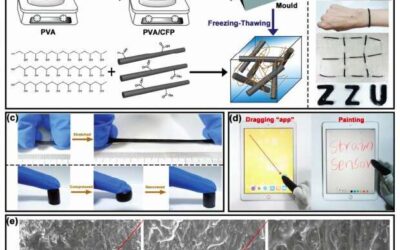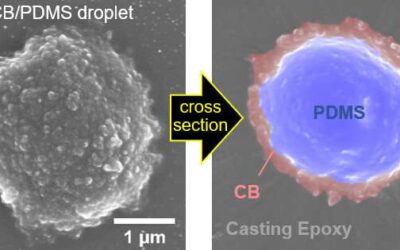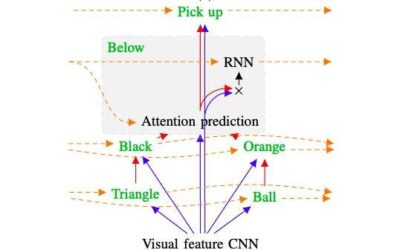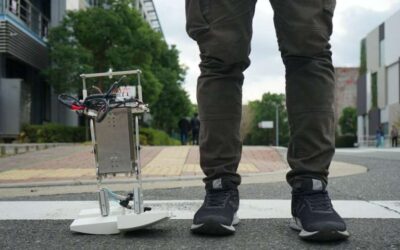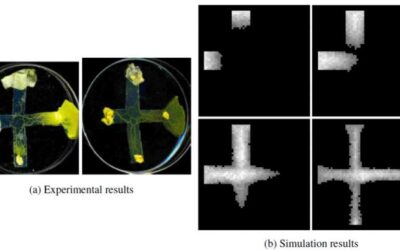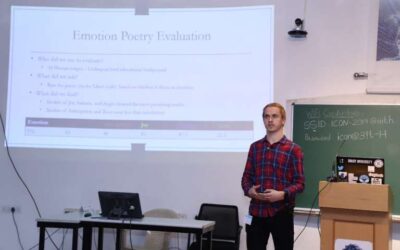In light of the ongoing shift toward renewable energy technologies and the growing number of Internet of Things (IoT) devices, researchers worldwide have been trying to develop batteries that can operate more efficiently and for longer periods of time. Lithium-ion...
TECHXPLORE
A stretchable, compressible sensor for wearable electronics and soft robots
Recent technological advances have enabled the development of increasingly sophisticated electronics. Some of these new tools, particularly wearable devices and soft robots, require or can greatly benefit from flexible electronic components, including sensors,...
A sustainable strategy to manufacture sensors for soft robots
A growing number of companies and research groups worldwide are now developing compliant sensors based on composite materials, which can have a wide range of possible applications. Composite materials, those made of two or more substances, often have unique and...
A flower pollination algorithm for efficient robot path planning
Over the past decade or so, researchers worldwide have developed increasingly advanced techniques to enable robot navigation in a variety of environments, including on land, in the air, underwater or on particularly rough terrains. To be effective, these techniques...
Comparing Western and Chinese classical music using deep learning algorithms
Deep learning techniques are proving to be extremely useful for analyzing all kinds of data, ranging from images to text, online posts and audio recordings. These techniques are designed to identify patterns in large datasets, separate items in different categories...
A robotic planner that responds to natural language commands
In years to come, robots could assist human users in a variety of ways, both when they are inside their homes and in other settings. To be more intuitive, robots should be able to follow natural language commands and instructions, as this allows users to communicate...
PedestriANS: A bipedal robot that adapts its walking style in response to environmental changes
Humans are generally able to adapt their walking style based on the environment they are moving in, for instance, speeding up if the consistency of the ground below their feet allows it, slowing down when the floor is slippery, changing direction to avoid puddles or...
A model to design logic gates inspired by a single-cell organism
Natural phenomena and biological mechanisms can be great sources of inspiration for scientists developing mathematical approaches, computer systems and robots. Over the past few decades, research has repeatedly proved the value of replicating behaviors observed in...
Deep-learning system detects human presence by harvesting RF signals
Researchers at Syracuse University in New York have recently developed a system that can detect the presence of humans in a given environment by analyzing ambient radio frequency (RF) signals. This new system, presented in a paper pre-published on arXiv, employs a...
A language generation system that can compose creative poetry
Over the past few decades, researchers have developed increasingly advanced artificial intelligence (AI) tools and computational techniques that can be applied in a variety of settings. Among these, techniques that can generate written or spoken language have...


